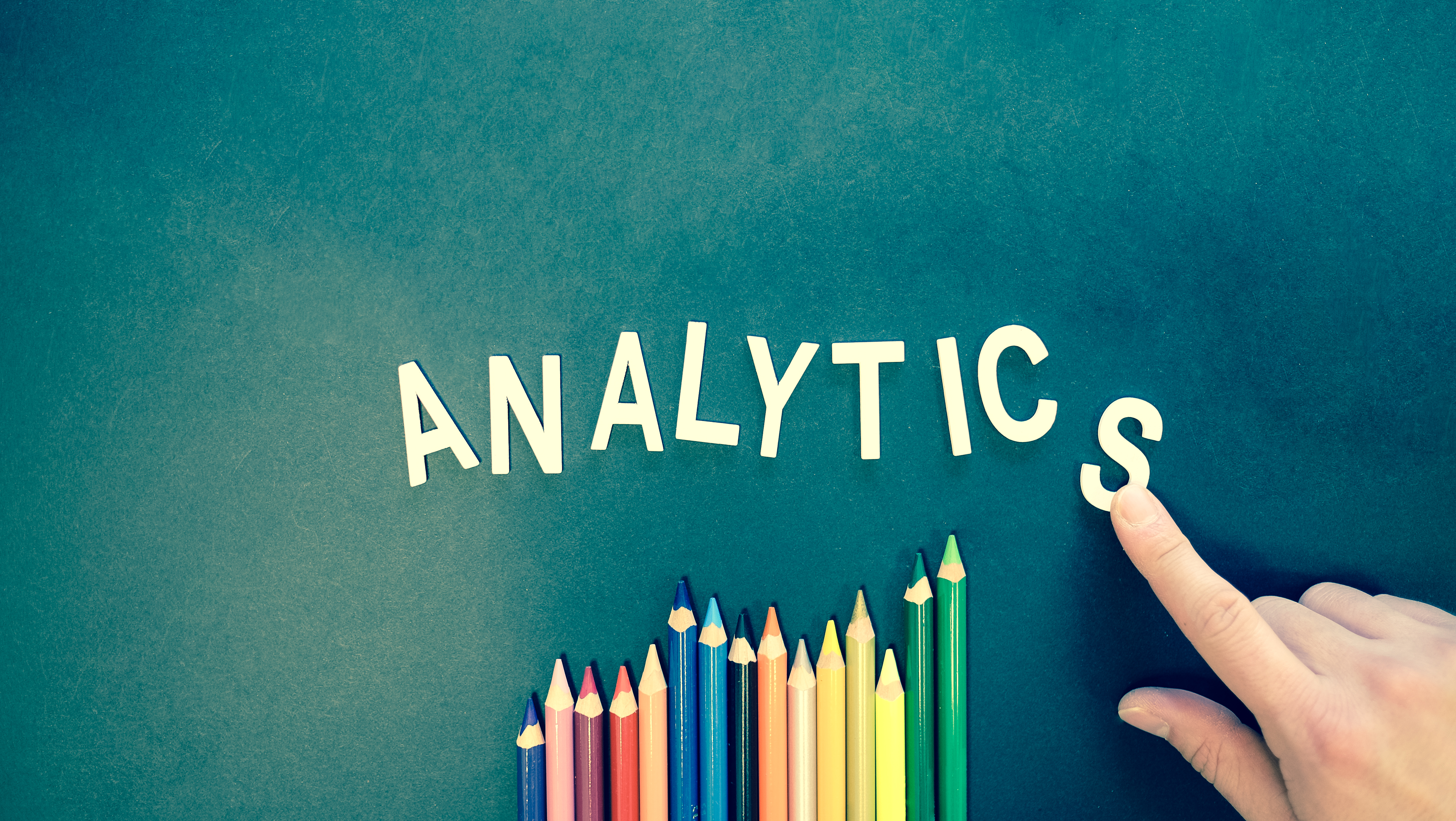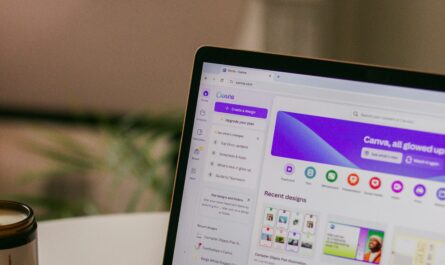By: Sierra Goodman
Social media analytics is a measuring tool that helps professionals monitor their digital audience and performance. Analytics allows them to see what strategies work and what strategies don’t in order to use the platforms as efficiently as possible. Reading and understanding these numbers can be a bit daunting and difficult to interpret. As rising PR professionals, social media analytics can bolster a resume and portfolio with quantifiable results. Here is what you need to know about social media analytics:
Reading SM Analytics
Filtering through all of the noise is the first step to categorize the information and understand what is and isn’t important. Facebook and Twitter provide free built-in analytics through the platform. If you are looking for deeper insights, you may want to consider “freemium” social media management applications such as Google Analytics, Meltwater, Hootsuite, Buffer. Many employers use these programs to help clients run their social media accounts and set goals.
While these programs will do some of the legwork, running a social media audit by categorizing past post into themes (videos, links, photos, etc.) will help you determine which themes produce the best results. This, in turn, will help you figure out which content to invest more time and energy. For example, you discover that over the past three months, posts about new products receive significantly more likes and shares than events. This could help you and your organization pivot to create more content that your viewers like to see.
Reach VS. Engagement
Reach and engagement are often confused to mean the same thing. Reach refers to the number of people that have viewed your post while engagement is all the likes, shares and comments your post has received. Engagement may be oddly high at times — when this happens some investigation may be needed. Perhaps a post went viral or became popular for a reason. The high engagement will affect your data for about a month until it gets back to normal. This occurs because of Twitter, Facebook and Instagram’s algorithms that send posts with high engagement to the top of people’s feeds.
Boost Your Portfolio and Resume
It’s a competitive world out there and social media analytics can help boost your resume and portfolio with tangible results. Running the social media account for a club, organization, nonprofit, or even your own professional accounts will show employers your social media knowledge extends beyond personal use.
When you first start tracking analytics, be sure to record the number of followers and the average post engagement and reach. That way you can determine how you have increased followers, engagement and reach over time. It is one thing to say you “increased social media presence” but you offer more credibility if you can say that you increased followers by 25 percent and the average engagement by 30 percent over a six-month period. Plus, you can turn your results into an infographic to make your portfolio aesthetically pleasing.
Twitter: @goodmansierra94
Instagram: @sierra_503
LinkedIn: Sierra Goodman




Sierra – very informative post! Reach vs. engagement is definitely an important topic to discuss that a lot of people don’t understand the importance of. With winter term coming to an end, it was a great idea to include the section on how to boost your portfolio and resume! Great read.
I had a great time reading this! It was very informative and helps really bring the big picture of social media and analytics down to a size that is easy to understand. It really made me think about how I have been running my clubs social media account and makes me want to “restart” it and be more analytics-driven. Overall great read and very informative from start to finish.
Analytics and data are scary words, particularly to people like me who aren’t particularly quant-talented. However, over the past year and a half I learned they aren’t that bad. It’s all about reading and interpreting the numbers to gather insights to tell a story. It’s very important to know how to read and interpret but it’s not as scary as it sounds.
Before taking this class I knew absolutely nothing about analytics and data. It really does help professionals monitor their digital audience and performance so that they can see what does and doesn’t work. A great inside look on media! Very informative post.